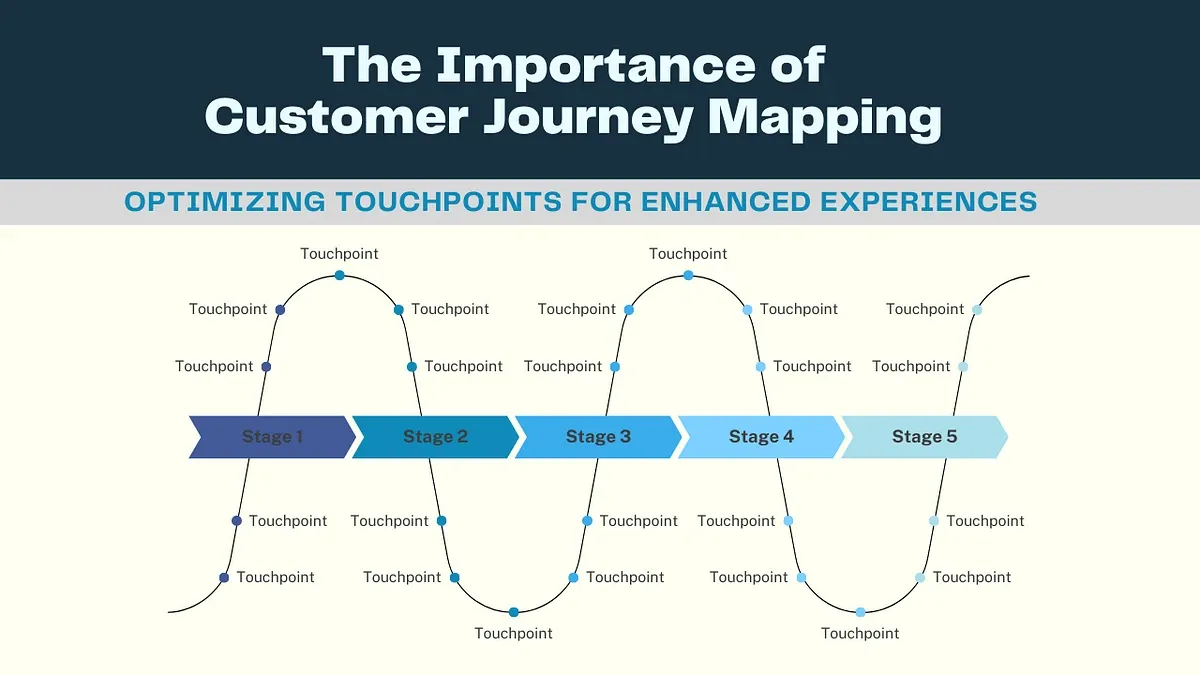When building a product, you bake in all of these incredible features meant to solve real and impactful problems. You did your research, spent time developing them, and focused on reeling in the right customers.
But even if you do all of this right, one critical step stands in between your product and its full potential: value realization.
What is value realization?
In short, value realization refers to your customers actually experiencing the benefits built into your product. It’s a process that customers go through to derive the promised value in a way that aligns their needs and business goals with the product’s capabilities.
As important as building the best product possible is, this is where the rubber really hits the road. You could have the most robust and capable product on the market, but if there is no clear way for customers to understand and harness its power, it’s essentially all for nothing.
This underscores the importance of keeping a sharp and strategic focus on value realization in your SaaS operations.
The gap between theory and practice
Many companies understand and appreciate the concept of value realization, but they often struggle to translate it into practical strategies. The theoretical frameworks to explain value realization are great in rallying and inspiring product teams to set their sites on an end goal. But they don’t often provide great insight into direct action items and scalable practices within SaaS environments.
Some common problems that teams often run into when aiming to improve value realization are:
- Focusing only on onboarding. Many companies concentrate on onboarding but neglect the ongoing effort needed to sustain value realization.
- Lack of personalization. Generic approaches that do not cater to the needs of individual customers don’t resonate as strongly and fail to drive engagement.
- Missing feedback loops. Without gathering feedback (and establishing a strategy to continuously act on it) companies can't adjust their strategies to enhance the user experience.
- Issues with Scalability: Solutions that work for a small number of customers often fail when trying to scale.
If you feel stuck in the intangibility of value realization in a SaaS environment, keep reading.
An (actually actionable) step-by-step framework for value realization
Map the customer journey to identify value points
A successful value realization strategy starts with understanding the key points that your customers encounter in the customer journey. Mapping out the main touchpoints with a tool like Lucidchat or Miro (or doing this by hand with a whiteboard or piece of paper) can help you visualize the journey.
Once the journey is mapped out, you can identify critical moments where value can be highlighted to your users, like initial logins, feature use, and first successful outcomes.
It’s often helpful to divide the journey into distinct phases — like onboarding, initial use, habit-building, and renewal. Within each phase, you can get even more specific about actions that point to value realization, such as completing the onboarding steps or achieving a key milestone.

Real-world SaaS example:
A SaaS analytics tool could track when users first set up a report, use a key feature like data visualization, or integrate with other platforms, marking these moments as value points.
Leverage in-app guidance and feature discovery
No matter how intuitive your platform is, a little guidance is always helpful to empower your users to understand and dig further into your product’s capabilities. This makes it easier for them to check the boxes on why they initially decided to use your product and perhaps to discover additional unexpected benefits.
Using tools like Command AI to provide contextual, in-app guidance helps users discover and understand relevant features at the exact moments they need them. You can set up contextual triggers to guide users to high-value actions, like, for example:
- Showing a tooltip when a user hovers over a rarely used feature
- Launching an educational but non-intrusive tour when a user uses a feature for the first time
- Notifying users who are most likely to be interested based on previous engagement patterns of a newly launched feature
These relevant nudges help to drive feature adoption by providing genuinely valuable support for the product without overwhelming the user.
Real-world SaaS example:
For a project management tool, when a new user creates a project, trigger a tooltip suggesting they add collaborators, enhancing the perceived value of collaborative capabilities early on.
Personalize the experience
Leveraging data-driven personalization is one of the best ways to bolster your value realization strategy.
You can use analytics platforms like Amplitude or Mixpanel to track user behavior and tailor the product experience based on the details you uncover. Users can be segmented based on their actions and preferences to help you deliver personalized messages and recommendations.
You can bake this personalization into your product as well, in addition to the nudges mentioned in the previous section, you can also create more customized experiences in your platform. For example, you could create personalized dashboards or curated content suggestions based on user roles or past behavior. One popular strategy is to set triggers to display most-used features or reports at the forefront of their home screen or dashboard, making it easy for them to access these high-value areas of your product quickly.
While trigger-based personalization is an extremely useful strategy to boost value realization, AI-based, real-time personalization can help to level up engagement even more. Instead of displaying content based on broader segments, AI can help you be more proactive in not just encouraging continued use of features they’re already using, but suggesting highly relevant, highly personalized content that they are likely to benefit from.
Think of Spotify’s curatorial abilities for the consumer market. They’re known for making their users question if Spotify knows them better than they know themselves with the personalized playlist selections. This is possible in SaaS, too.
Real-world SaaS example:
A CRM tool could automatically suggest templates or workflows based on the user’s recent activities, enhancing usability and value realization without manual setup.
Develop continuous feedback loops
SaaS products are ever-evolving and rely on customer feedback to continuously improve and address user’s needs and desires more directly. Implementing a reliable feedback loop not only helps you create a better product, but also improves users’ perceived value of the product.
Users are more often than not willing to tell you what you’re doing wrong, whether it’s while they’re unsubscribing or sticking it out with you. This is some of the most valuable information you can get your hands on.
You can get to the heart of where you need to focus your efforts by using things like in-app surveys, Net Promoter Score prompts, or even direct feedback requests from your customer experience manager to gather user input regularly. You can either integrate the feedback mechanisms within your product experience using a tool like Command AI, or gather data externally by sending out surveys through Qualtrics or Typeform.
The best approach to pulling out highly actionable feedback is to collect it at key moments, so that you can map sentiment, complaints, or perceived value to certain points in the journey. For example, you can trigger a survey when a user completes a key task or uses a new feature, giving you insight into what works and what needs improvement.
Real-world SaaS example:
A SaaS accounting platform could ask users how easy it was to reconcile their accounts right after completing the task, using the feedback to refine the process.
Optimize onboarding to accelerate time to initial value
Onboarding is where you make your first impression, and ultimately one of the biggest determinants of whether a user will stay or churn. That’s why designing a streamlined onboarding flow is critical to boosting value realization.
You want to include clear milestones that quickly demonstrate your product's value. The objective here is two prong: Help the user understand how to use the product and help the user understand why they should keep using the product. Best practice is to use guided checklists that adapt based on user actions to keep the process relevant and engaging.
You want to put your product's core value proposition at the forefront of your overall onboarding narrative. For example, if your SaaS tool’s primary benefit is time savings, showcase this with quick tips and time-tracking elements, as well as stats about how much time other users have saved with certain features.
Real-world SaaS example:
For a marketing automation tool, the onboarding process could focus on setting up a first campaign quickly, demonstrating immediate value by showing potential reach or engagement metrics right away.
Measuring success in value realization
Since this post was all about bringing value realization from the theoretical realm to the practical realm, measurement is one thing that can’t be ignored.
Reliable measurement helps you ensure that you’re not just taking a throwing spaghetti at the wall and seeing if it works approach. It ends up being more like throwing the spaghetti at the wall and continuously measuring how much stuck and tracking what you changed each time.
Here are some key metrics to help you monitor and improve your value realization strategy to ensure that you’re properly nurturing your users to see the full value of your product.
- Time to First Value (TTFV): Measure how quickly users reach their first value milestone. A shorter TTFV indicates effective onboarding and early engagement.
- Feature Adoption Rate: Track which features are used most frequently and identify underutilized ones that need more focus in guidance.
- Customer Health Score: Combine multiple factors (engagement, usage frequency, support tickets) to gauge overall customer satisfaction and value realization.
Following the step-by-step process and effectively measuring how well you’re performing at each of those steps should make achieving real change in your value realization a possibility.

















